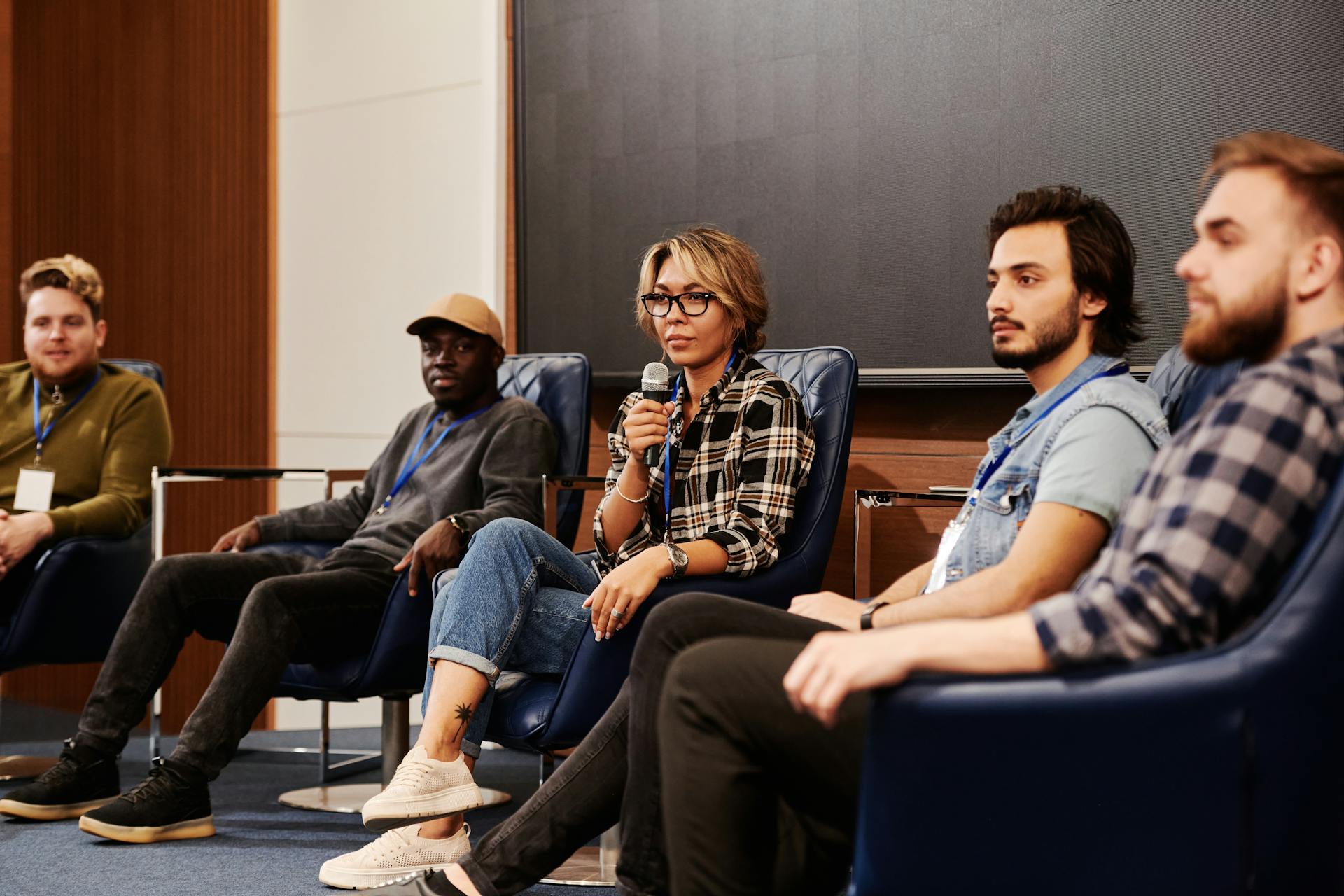Organizational perks do not erase exploitation. When only 31 % of U.S. employees reported feeling engaged in 2024 — an eleven-year low — free lunches and ping pong tables function as distractions, not care. A justice-centered Employee Experience (EX) strategy must therefore confront the structural forces at every stage of the worker life-cycle — recruitment, onboarding, growth, and exit — so that engagement becomes a by-product of equity, rather a vanity metric.
Why Structural EX Matters
Disengagement Is Systemic, Not Attitudinal
Mainstream HR treats “engagement” as an individual mindset. Yet longitudinal data show declines track closely with eroding clarity of expectations, unmet development needs, and the sense that no one at work cares. These are organizational design failures, not motivational deficits. When design centers people with the least formal power, psychological safety and creativity rise for everyone — that’s why we say, “people don’t leave their jobs; they leave bad bosses.”
Power-Aware Journey Mapping
We begin with facilitated mapping sessions where workers trace how identities and class shape recruitment ads, onboarding forms, performance reviews, and exit interviews. Patterns quickly surface: all white and all male faces at the c-level, surveillance software flagging caregiving breaks, obscene pay disparities between front-line staff and executives.
Structural Inclusion Metrics
Again, we’re not interested in vanity metrics; we’re looking for positive material change. So, we track:
- Promotion velocity gaps
- Pay-equity ratios
- Psychological-safety indices
- Grievance-resolution cycle time and grievance resolution satisfaction
Human-Centric Technology
HR tech can liberate or surveil. I audit HR Policy for bias, and build on platforms that foreground autonomy rather than “productivity theatre.” This work dovetails with Social Scientific Research to ensure methods honor participatory-action-research standards.
Continuous Feedback Loops
Quarterly worker assemblies, anonymous digital suggestion boxes, and rotating facilitator councils replace top-down pulse surveys. Transparency is non-negotiable: leaders publish action logs with due dates and resources attached. When powerholders miss commitments, affected groups may invoke restorative forums co-designed with Mediation and Conflict Resolution.
Integration with Broader Transformation
Employee Experience Design is most powerful when synchronized with:
- Trauma-Informed Practices for healing-centered supervision.
- HR Consulting & Organizational Development to align artifacts, stories, and rituals with new power dynamics.
- Diversity, Equity & Inclusion and Strategic Planning initiatives that shift resource allocation, not just demographics.
Calls to Action
Stay in the Conversation
Receive essays on liberatory workplace design by subscribing below.
The Invitation
Designing a just employee experience is not about nudging workers toward unfeeling compliance; it is about redistributing decision-making, visibility, and care so that every person can thrive without sacrificing identity or autonomy. If you are ready to trade perks for power-sharing, let’s craft the pathways together.
Begin your transformation today.
→ Start the conversation

